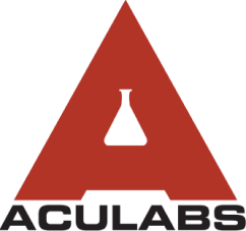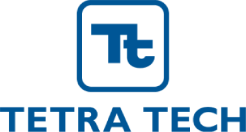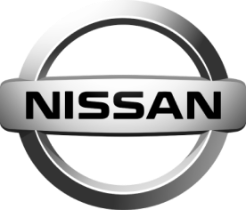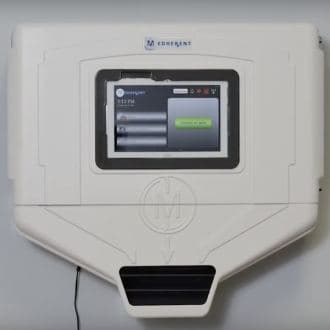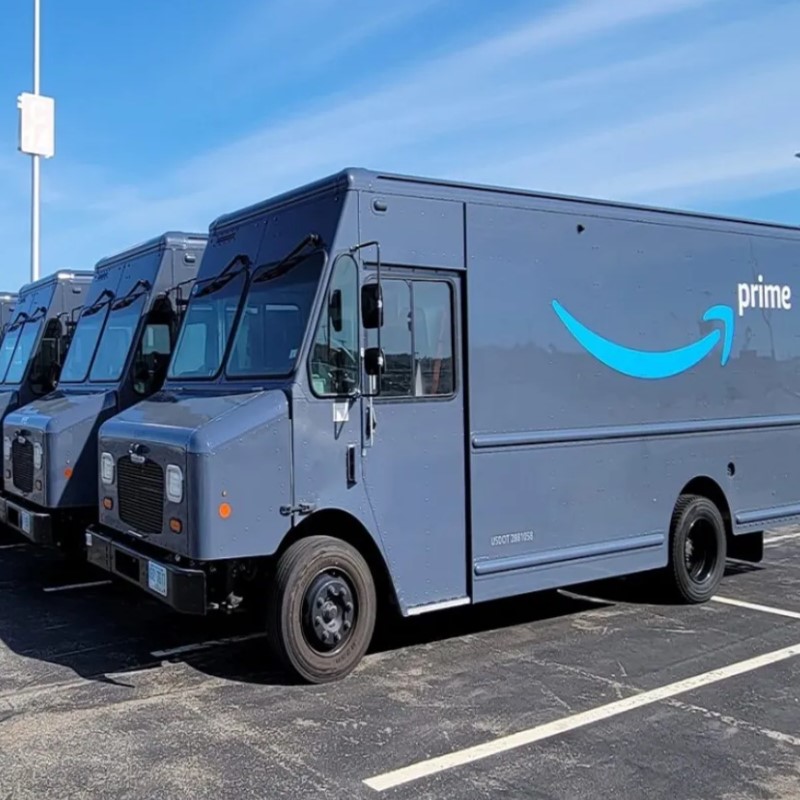Android Enterprise (AE) MDM
Android Enterprise Validated MDM: Codeproof aligns with Google’s program requirements across work profile, fully managed and dedicated deployments.
Android Enterprise is Google’s modern framework for managing Android at work. Codeproof integrates natively with AE to help IT onboard devices faster, enforce security policies, distribute apps via Managed Google Play, and keep fleets compliant.
- Modes: BYOD work profile, fully managed, and dedicated (kiosk)
- Enrollment: zero-touch provisioning, QR code, and EMM token
- Security: runtime permissions, FRP, web filtering, Play Protect & Safe Browsing

Enrollment Options
EMM Token
Enroll Android 6.0+ quickly with an enrollment token—ideal for smaller batches and devices without NFC.
QR Code
Scan to enroll in device owner or profile owner mode—perfect for rugged fleets and email-free workflows.
Zero-touch Provisioning
Ship devices pre-configured with management, apps, and network settings—no manual setup required.
Tip: See Android zero-touch enrollment for step-by-step guidance.

Android Enterprise Device Management
Enterprise Use Cases
BYOD Work Profile (Profile Owner)
Keep personal and work separate by securing a work container for managed apps, data, and policies—preserving user privacy.
Fully Managed (Device Owner)
Company-owned deployments with advanced controls not available to BYOD—ideal for corporate and frontline operations.
Dedicated Devices (Kiosk)
Lock to one or a set of apps for single-purpose scenarios (retail, signage, ticketing, inventory). Formerly COSU.
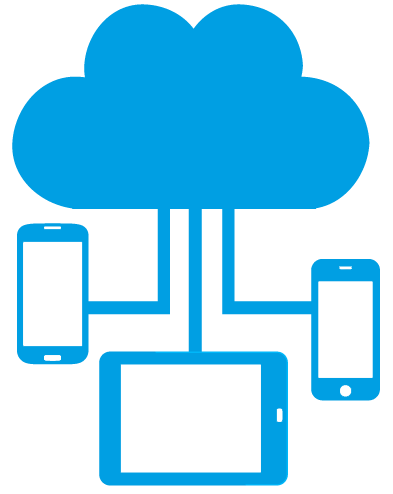
Key Management Features
Policies & Restrictions
Control Wi-Fi, Bluetooth, USB, roaming, camera, system updates and 100+ settings. Apply at group level and auto-inherit for future devices.
Managed Google Play
Silently install, update, or remove apps; push private web apps and managed configurations—no user prompts required.
Allow/Deny Lists & Chrome Controls
Whitelist/blacklist apps and browsers, centrally configure Chrome, and block risky sites.
Contacts, Email & Updates
Publish corporate contacts; configure Exchange/Office 365 and IMAP/POP; schedule OS updates and patches.
Helpdesk & Remote Actions
Lock, locate, wipe, and troubleshoot remotely—plus alerts, webhooks, and scheduled reports.
Android Enterprise Security
Factory Reset Protection (FRP)
Deter unauthorized device resets on company-owned devices with FRP policies and controls.
Block Preloaded Apps
Disable unwanted OEM apps to reduce attack surface and conserve data/battery.
Runtime Permissions
Set and enforce app runtime permission policies and grant states at scale.

Web Filtering & Site Blocking
Create allow/deny lists and apply safe browsing rules to keep users away from risky domains.
Google Play Protect
Leverage malware protection signals from Google Play Protect to reduce exposure to harmful apps.
Google Safe Browsing
Warn users about unsafe websites or downloads using Safe Browsing integrations.
Dig Deeper
Explore enrollment, Android Enterprise, BYOD, APIs, and the broader MDM platform.
Android Enterprise FAQs
What is Android Enterprise and why use it with MDM?
Which device modes are supported?
Does MDM enrollment require a Gmail account on the device?
Can I enroll devices without touching them?
What is Android Enterprise registration and why is it needed?
How are apps distributed?
What security features are included?
What is Work Profile?
What is Fully Managed?
What is Lock Task Mode?
What is DO (Device Owner)?
What is COPE?
What is COB/COBO?
What is a DPC (Device Policy Controller)?
What is Device Admin?
What is FRP (Factory Reset Protection)?
What is Google Play Protect?
What is AfW?
What is Token Enrollment?
What is QR Code Enrollment?
"Throughout my experience with Codeproof, it has worked flawlessly. Even more importantly, Codeproof support is unrivaled."
Working with Codeproof has been a relief, it allows our company to have control over software and devices and visibility to ensure our employees have the proper equipment to do their job each and every day.
We didn’t make a single compromise to get the protection we wanted and needed.
We have site phones that we need locked and tracked. We have recovered lost or stolen phones...and pushed new apps remotely.
The Codeproof platform not only assists in fleet management, it has made retrieving company property far more reliable.
Customer support is always accessible, and the team consistently goes out of their way to ensure the MDM platform meets all of our needs.
Codeproof had the right balance of easy individual device configuration and group-level settings, as well as an excellent support team and willingness to add new features to meet our needs, all at a competitive price.
Having our employees work in remote locations, Codeproof has really helped us manage our devices...They are very helpful and detailed when explaining thing.
Codeproof has made device management much easier than some larger MDM solutions. From the beginning of our trial Console, up to the present, we were able to easily contact the development team at Codeproof with any ideas for improvements.
With Codeproof, the first thing I noticed is that the UI is much more intuitive and simpler to navigate. I feel like there are as many, if not more, features available to me in Code Proof but they are a little easier to find.
Foundation is so grateful for the partnership with Codeproof and their willingness to support students and families in need of literacy resources. While our technical needs are likely less than that of other companies, we have found great value in the Codeproof product.
Codeproof has great customer support. If there is an issue, or if we need assistance with anything, they are very quick to respond and lend a hand.
Terrapin Pharmacy’s Executive Management and Technology Developers would be extremely likely to recommend Codeproof to others based upon the interactions we have had with the Codeproof team and the can-do culture within their organization.
Codeproof is a very comprehensive MDM product. We received great service at all times from their technicians when we had issues. They are continually working on improving the product with feedback from customers like us, so we can have better control of our remote equipment.
[An] upbeat, well-organized, and helpful company. Codeproof provided superior customer support during a time of uncertainty.
Codeproof has been an asset in maintaining security, control and reducing liability of our mobile devices by allowing us blanketed control of our mobile fleet at all times regardless of day and location. It will continue to be the foundation for our mobile security for now and the future. Their security options and scalability is priceless.
I chose Codeproof over other players in the market because it's simple and customizable dashboard caters to the needs of my business. Codeproof tries to find solutions and treats you as partners rather than just a customer.
I chose Codeproof for our internal MDM solutions over other options because the case study and utilization of the system were very understandable. It decreased our potential costs related to device investments while increasing device security and reducing operational costs.
